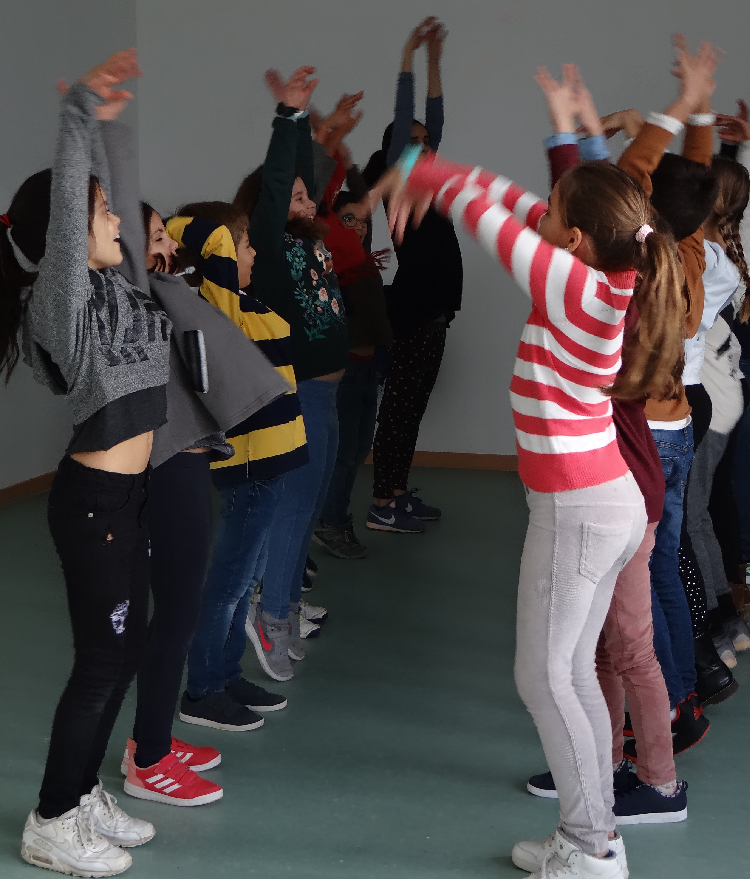

Resilience of natural systems has been recently receiving increased attention due to its importance for achieving sustainability, especially in face of climate change. However, the term is often been used vaguely and with different intentions, leading to misinterpretations and confusion. More often than not, resilience is conceived as a perspective, rather than a clear and well-defined concept. For coastal systems, resilience can be even more difficult to define, as it is mainly viewed from a human perspective, focusing on the maintaining the services coastal systems provide (i.e., storm protection), rather than the sustainability of the coastal system itself. In this work we attempt to clarify resilience principles, to link resilience and adaptation with morphological dimensions and to provide means to quantitatively assess coastal resilience.

Instituto da Conservação da Natureza e das Florestas


© 2017 Ana Matias
Jumping over the obstacle with the ball to reproduce wave breaking and the sediment transport
This activity was developed within the outreach tasks of the project EVREST – Evolution and Resilience of Barrier Systems (more info here) - PTDC/MAREST/1031/2014, funded by Fundação para a Ciência e a Tecnologia.
For more informations about this projet, please visit: https://evrest.cvtavira.pt/. Results from the development and evaluation of this activity can be found here: https://gc.copernicus.org/articles/3/167/2020/